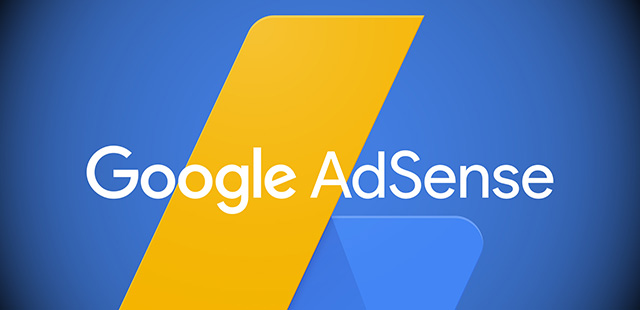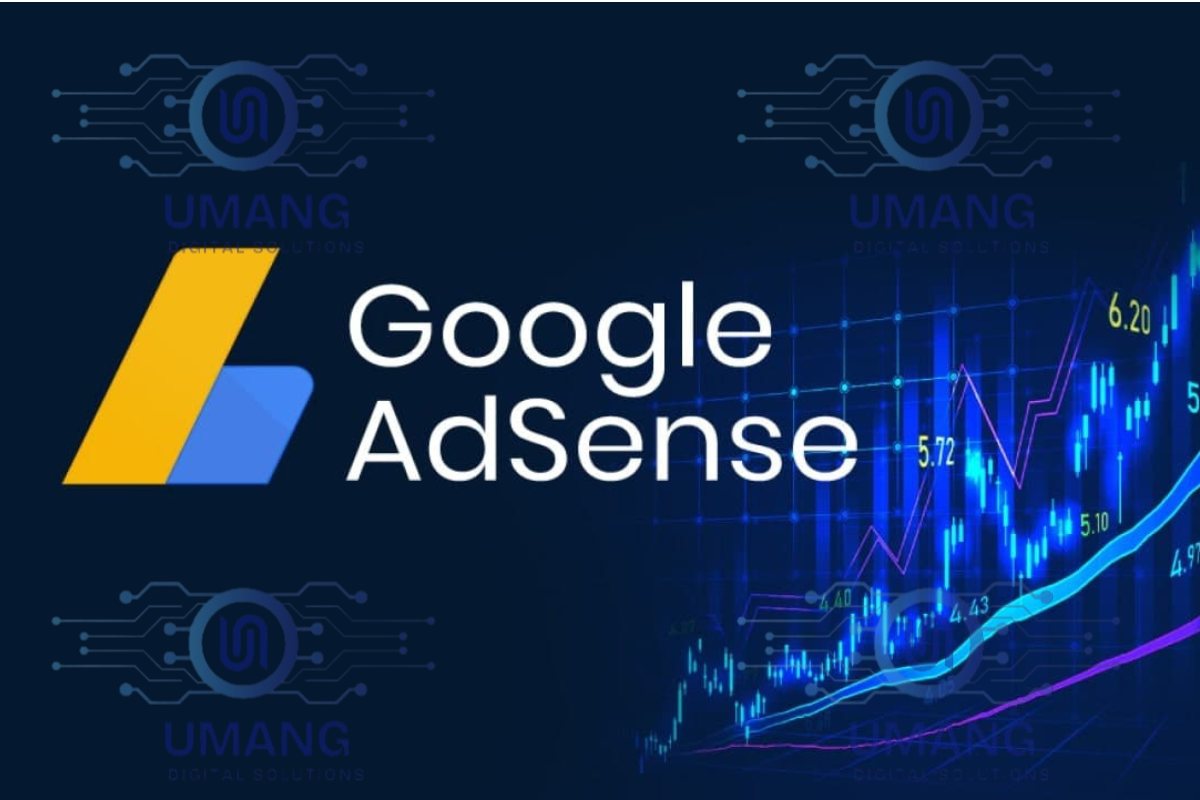What is Google AdSense
Introduction to Google AdSense
Google AdSense is an advertising program run by Google that allows website owners (publishers) to earn money by displaying targeted advertisements on their sites. Launched in 2003, it has become one of the most popular ways for content creators and website owners to monetize their online content.
UmaNg
- Introduction to Google AdSense
- How Google AdSense Works
- Benefits of Using Google AdSense
- AdSense Policies and Best Practices
- Common Challenges and How to Overcome Them
- 10 FAQs About Google AdSense
How Google AdSense Works
Sign Up and Approval: Website owners must sign up for a Google AdSense account. Google reviews the application and the website to ensure it meets their guidelines. Once approved, the publisher can start displaying ads on their site.
Ad Placement:
Publishers can choose from various ad formats and sizes to place on their websites. Google AdSense provides a code that needs to be inserted into the website's HTML.
Ad Auction:
When a visitor accesses the website, Google runs an ad auction to determine which ads will appear. This auction considers the content of the page and the bids from advertisers.
Revenue Generation:
Publishers earn money every time a visitor clicks on an ad (Pay-Per-Click, PPC) or views an ad (Pay-Per-Impression, PPI). The revenue is shared between Google and the publisher.
Benefits of Using Google AdSense
Simple to Use:
Even individuals with little technological experience can utilize Google AdSense due to its user-friendly interface. The UI is easy to use, and the setup procedure is simple.
Variety of Ad Formats:
AdSense offers various ad formats, including text ads, display ads, rich media ads, and more. This flexibility allows publishers to choose ads that best fit their website's design and audience.
Targeted Ads:
Google AdSense uses advanced algorithms to display ads relevant to the content of the website and the interests of the visitors. This increases the chances of visitors engaging with the ads.
Reliable Payments:
Google is known for its reliability, and AdSense payments are no exception. Publishers receive payments on time, and the payment threshold is relatively low.
Monitoring Performance:
AdSense gives publishers comprehensive statistics and data so they can monitor how well their ads are performing. This data helps in optimizing ad placements and increasing revenue.
AdSense Policies and Best Practices
Content Guidelines:
Google has strict content policies. Websites must comply with these guidelines to be approved for AdSense and to remain in the program. This includes having original content and avoiding prohibited content like adult material, violent content, and copyrighted material.
Ad Placement:
Proper ad placement is crucial for maximizing revenue without compromising user experience. Ads should be placed where they are visible but not intrusive. Avoid placing too many ads, as this can lead to a poor user experience and potential penalties from Google.
Traffic Quality:
Publishers should focus on attracting genuine traffic to their websites. Artificially inflating traffic through bots or other means can lead to account suspension.
Ad Balance:
Finding the right balance between ads and content is essential. Too many ads can drive visitors away, while too few ads may not generate sufficient revenue.
Common Challenges and How to Overcome Them
Low Click-Through Rate (CTR):
A low CTR can be due to poor ad placement, irrelevant ads, or low-quality content. Improving content quality, experimenting with different ad placements, and ensuring ads are relevant to the audience can help improve CTR.
Ad Blockers:
Many users employ ad blockers, which can reduce the number of ads displayed and, consequently, revenue. To mitigate this, publishers can encourage visitors to whitelist their sites or use alternative monetization methods like sponsored content or subscriptions.
Compliance Issues:
Staying compliant with Google’s policies is crucial. Regularly reviewing and updating content to meet guidelines can prevent account suspensions.


10 FAQs About Google AdSense
General Questions
What is Google AdSense?
AdSense is a free advertising program that allows website publishers to earn money by displaying ads on their sites. Google matches ads to the content of your website and pays you when users click on or interact with those ads.
How does AdSense work?
You place AdSense code on your website. Google then selects relevant ads to display based on your site's content. When users click on or interact with these ads, you earn money.
How much can I earn with AdSense?
Earnings vary based on factors like website traffic, ad placement, click-through rates, and the cost per click of the ads. There's no guaranteed income, but many publishers find AdSense to be a valuable revenue stream.
Getting Started
How do I sign up for AdSense?
To sign up, you need a website that meets Google's AdSense policies. Visit the AdSense website, create an account, and follow the on-screen instructions.
Is there a fee to use AdSense?
No, AdSense is completely free for website publishers.
Ad Formats and Placement
What types of ads can I display with AdSense?
AdSense offers various ad formats, including text ads, image ads, rich media ads, in-feed ads, and matched content ads.
Where should I place ads on my website?
The optimal ad placement depends on your website's layout and design. Generally, placing ads in highly visible areas can increase click-through rates. Explore a variety of postures to see which suits you the best.
Payments and Earnings
How often do I get paid from AdSense?
AdSense payments are typically issued monthly.
What payment methods does AdSense offer?
Payment methods available vary by country. Common options include electronic fund transfer (EFT), check, and wire transfer.
How can I increase my AdSense earnings?
To increase your earnings, focus on improving website traffic, optimizing ad placement, creating high-quality content, and understanding your target audience. Experiment with different ad formats and sizes to find what works best for your site.

